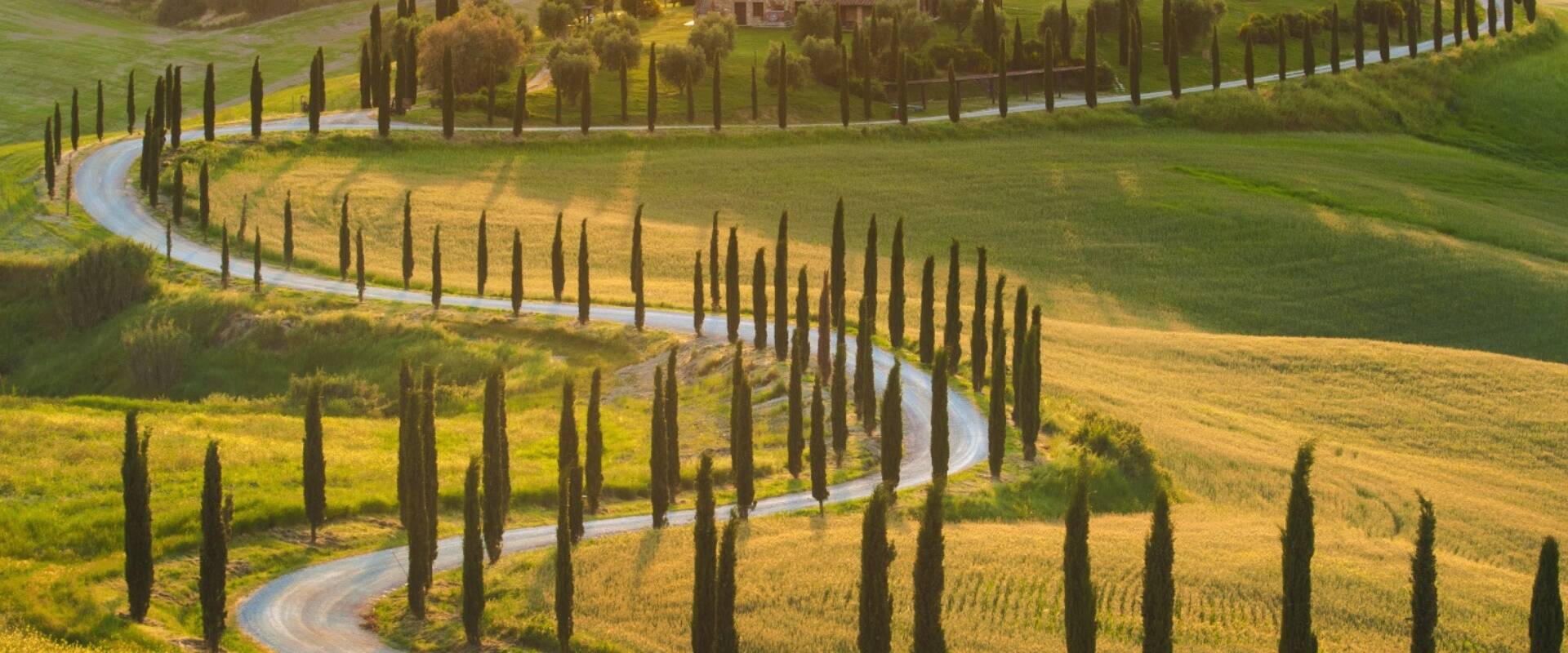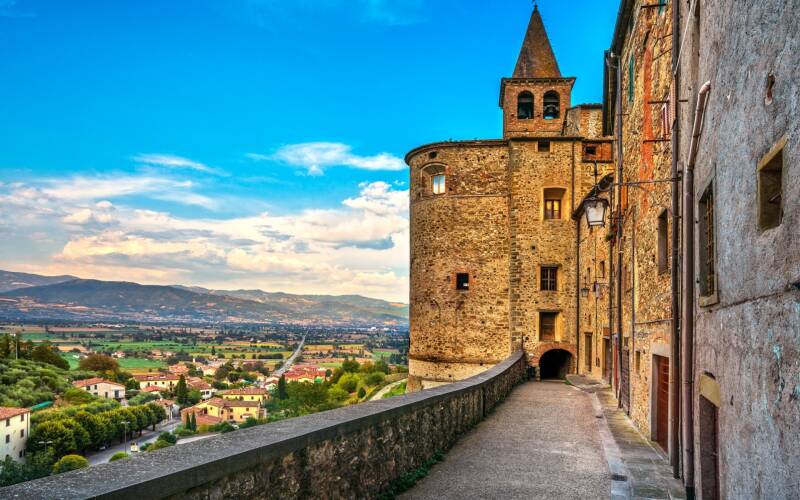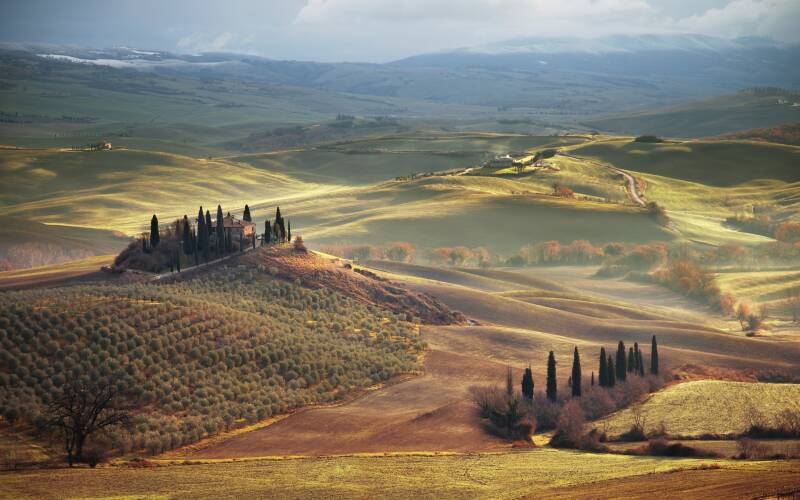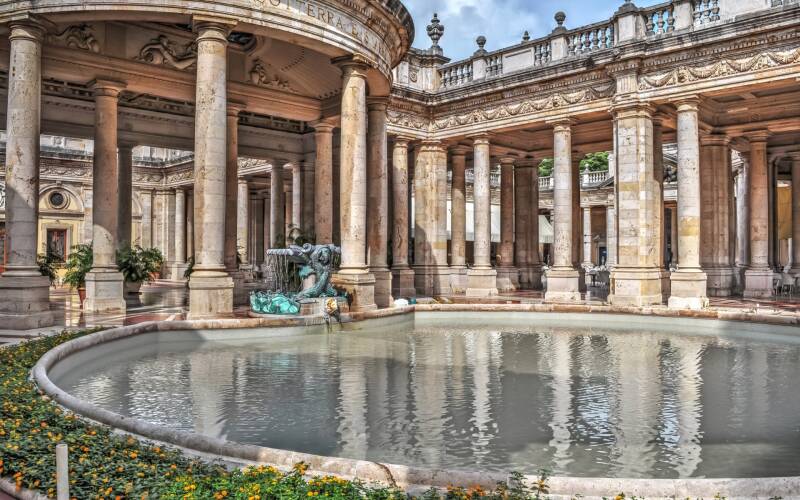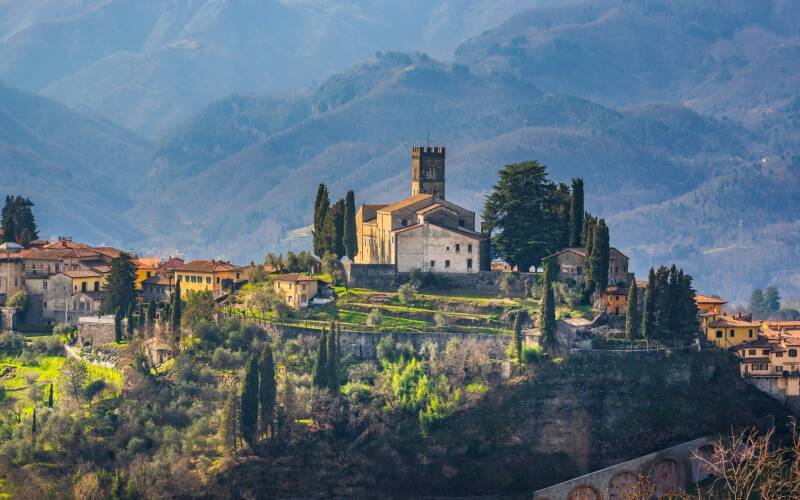- Search magazine...
- Magazine by Category
- Magazine by Region
- article detail
- Search magazine...
- Magazine by Category
- Magazine by Region
- article detail
The idyllic Tuscan countryside embodies relaxed, rural luxury, with golden sunlight illuminating iconic hills and meticulously arranged vineyards. Dotted with charming medieval villages and historic towns, the Tuscan countryside offers picturesque spots to discover beyond the privacy of your villa rental. The varied topography naturally creates secluded pockets and panoramic viewpoints, ensuring guests enjoy both privacy and breathtaking vistas in a truly unparalleled Italian setting. The experience is further enhanced by exclusive winery tours and private tastings of celebrated Chianti Classico, where the ancient geology of the hills contributes directly to the exceptional quality of the region's products and gourmet cuisine. To experience authentic Italian life and truly immerse yourself in the feeling of this iconic region, we recommend exploring these 5 hidden gems, off-the-beaten-track villages that capture the heart and soul of Tuscany.
Anghiari
The ancient castrum of Anghiari is a powerful, fortified village that commands the Valtiberina, protected by high, nearly intact medieval walls and the formidable monastery of San Bartolomeo. Its deep historical legacy is celebrated annually during the Palio della Vittoria, a thrilling uphill race on June 29th that commemorates the Battle of Anghiari. This combination of architecture and tradition makes Anghiari a compelling and authentic historical landmark.
San Quirico d’Orcia
San Quirico d’Orcia is an ancient village and the central hub of the UNESCO World Heritage Val d’Orcia, featuring the impressive Collegiata and the serene Horti Leonini gardens. A short journey away, you can explore Bagno Vignoni, famous for its unique central piazza fed by miraculous warm thermal waters. This area is a quintessential stop on any Tuscan itinerary, offering history, serenity, and timeless well-being.
Montecatini Terme
Nestled among rolling green hills, Montecatini Terme is a renowned oasis of wellness and elegance, celebrated for its therapeutic thermal waters that have been treasured since Roman times. The grand spa buildings themselves are masterpieces of Art Nouveau architecture, creating an open-air museum that delights the eyes as much as the senses. Visitors can indulge in innovative wellness programs while strolling through the town’s expansive and beautifully landscaped thermal park, making every moment a rejuvenating experience.
Poggibonsi
Poggibonsi is a hidden gem in the Alta Valdelsa, where history and charm meet at every corner. Once a bustling crossroads for the Romans, Lombards, and Carolingians, the town now invites visitors to wander its streets and discover treasures like the Collegiata (Collegiate Church), the Churches of San Lorenzo and San Lucchese, and the striking Poggio Imperiale. With its rich past and welcoming atmosphere, Poggibonsi is the perfect stop for those looking to uncover the heart and soul of Tuscany.
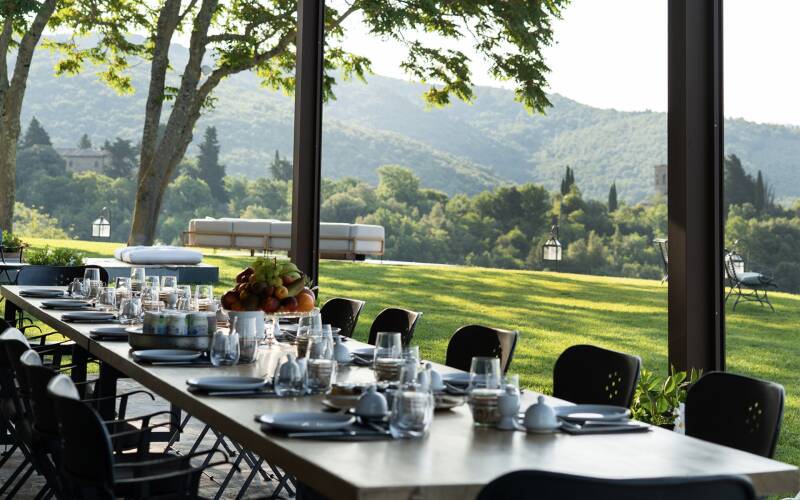
Enjoy the view on the Tuscan countryside from your villa
Barga
Barga stands as the most important hilltop town in Garfagnana, an area famous for its varied and beautiful natural landscape, ideal for outdoor activities. The town holds deep literary significance, intimately connected to the renowned Italian poet Giovanni Pascoli, who adopted it as his home. Visitors can explore the historic Teatro dei Differenti and the Casa Pascoli museum, cementing Barga as a resonant literary pilgrimage.
Secure your stay in the heart of the Tuscan countryside and immerse yourself in a dream experience. Our concierge service will take care of every detail, from arranging exclusive winery tours and private tastings to organising guided village excursions and bespoke dining experiences, ensuring that every moment of your vacation is effortless, luxurious, and truly unforgettable. Explore our curated collection of luxury villas for rent in Tuscany and start planning your countryside retreat in Italy.
Copyright © Home in Italy. All rights reserved.
villa mandorli
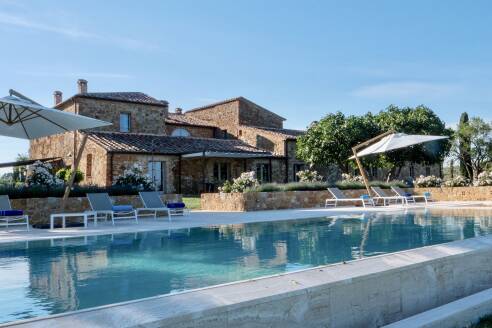
12 6 7
Tuscany, Montepulciano
from 7,150 to 11,600 € / week
merangola
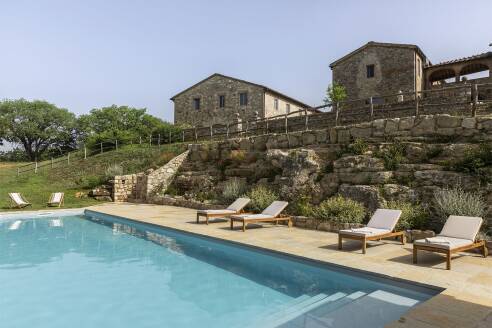
12 6 8
Tuscany, Siena
from 14,000 to 16,000 € / week
libellula
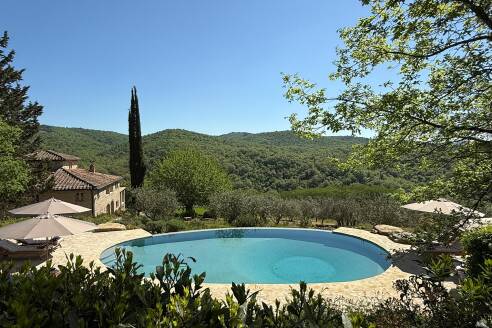
10 5 7
Tuscany, Radda In Chianti
15,000 € / week
adelaide
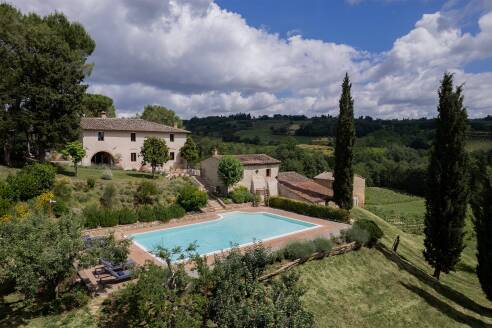
10 5 6
Tuscany, San Gimignano
from 10,900 to 16,900 € / week
alata
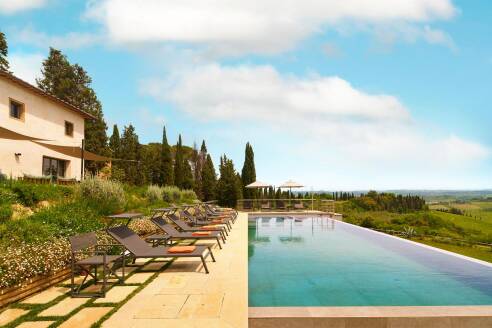
12 6 7
Tuscany, San Gimignano
from 11,550 to 16,800 € / week
saveria
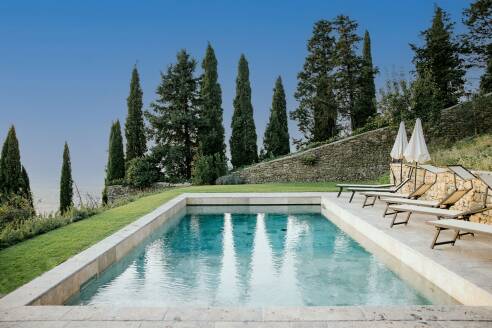
14 7 8
Tuscany, Cortona
22,000 € / week
giulietta

14/16 7 8
Tuscany, Lastra A Signa, Florence
from 17,500 to 32,900 € / week
villa vialattea

16 8 10
Tuscany, Barberino Tavarnelle
from 24,500 to 35,000 € / week


